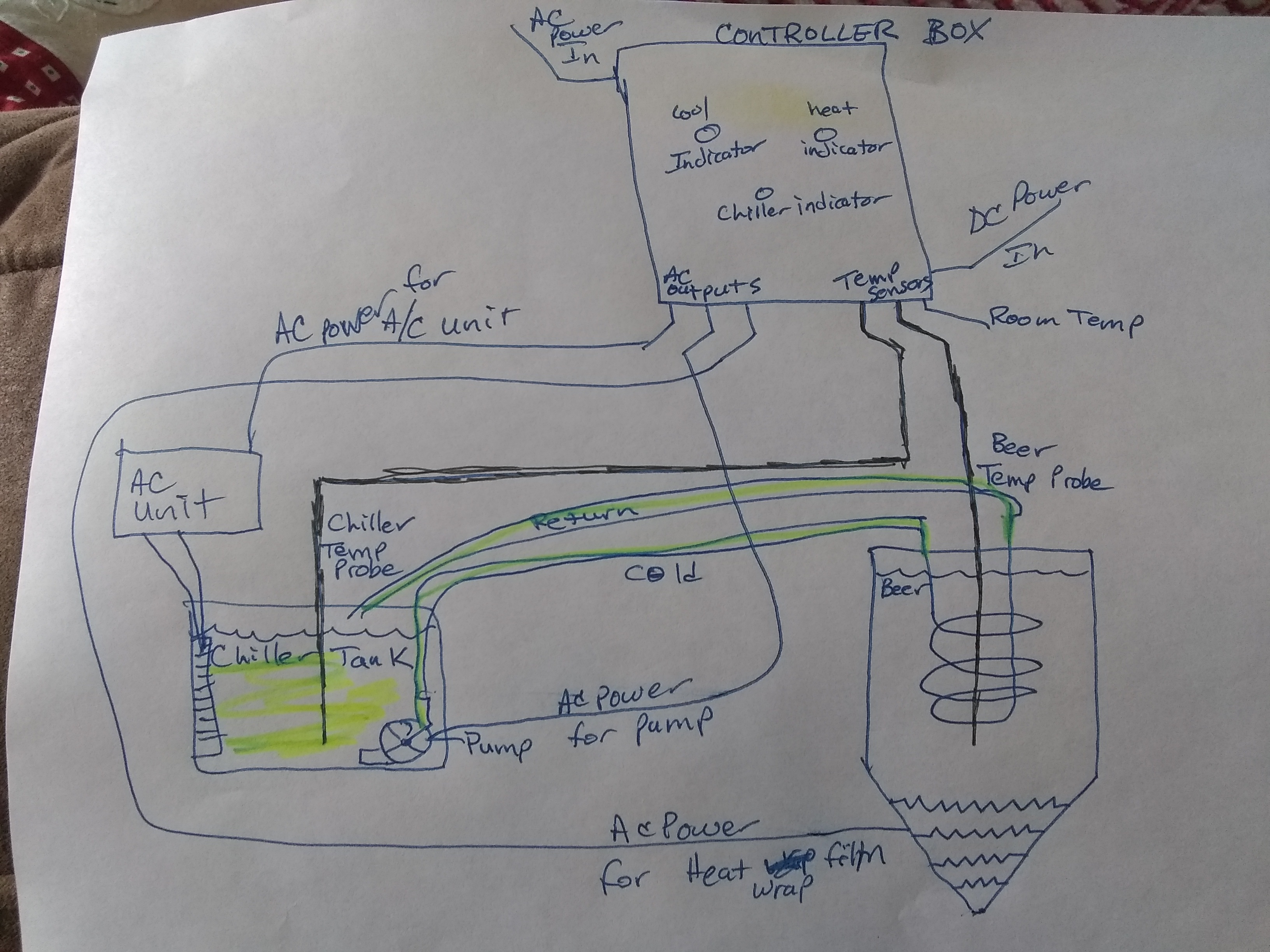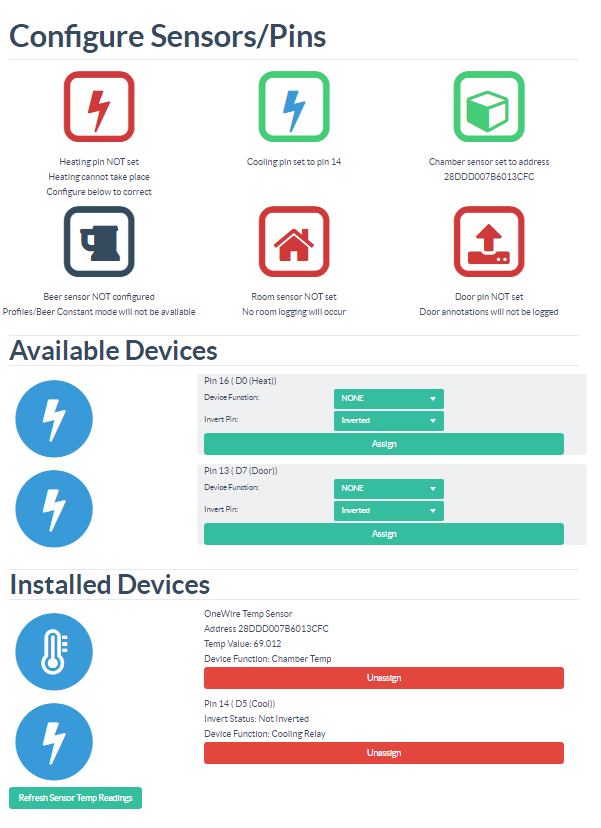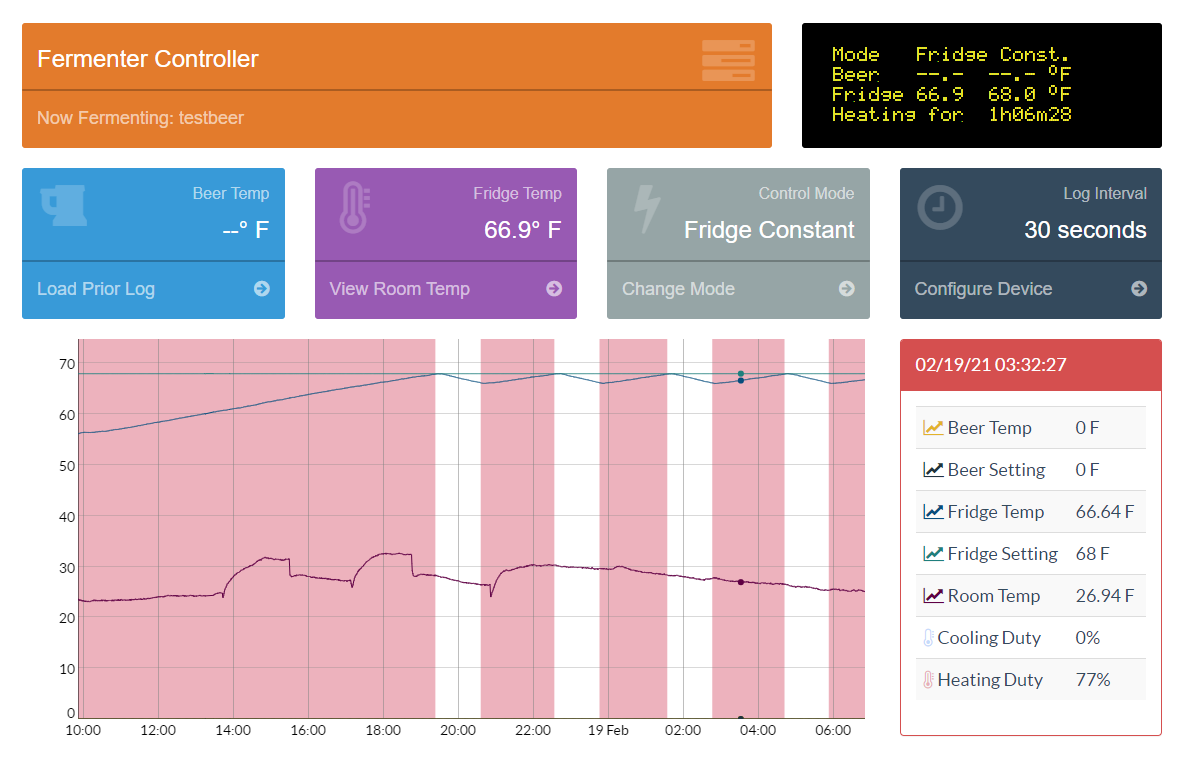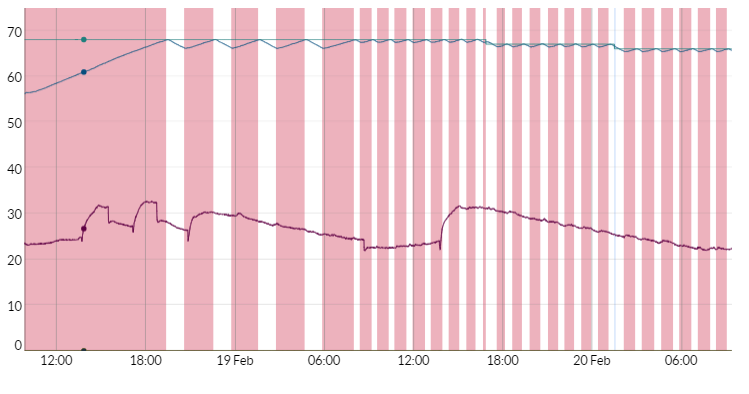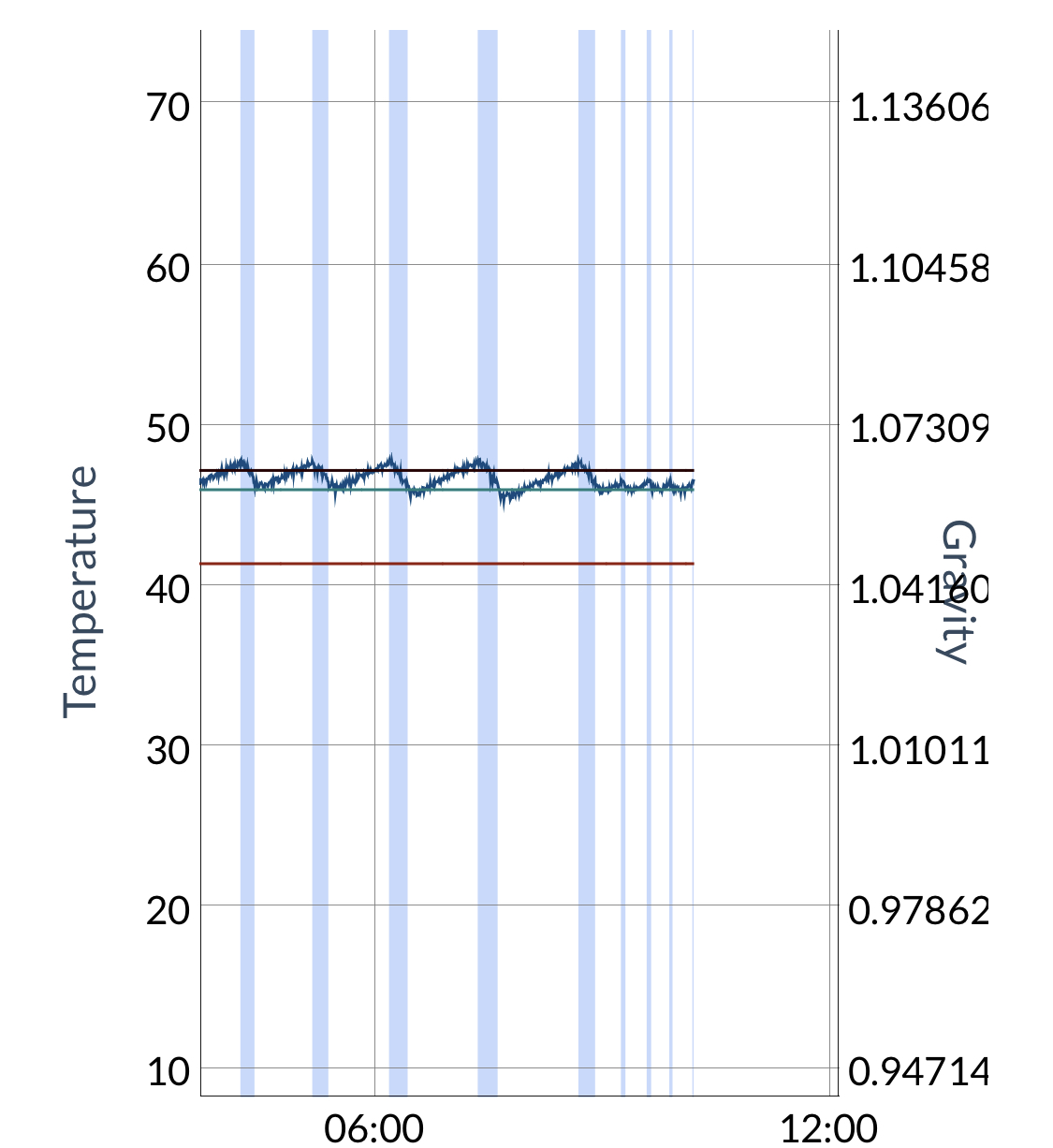-bash-5.1$ getent hosts ESP3751667.local
-bash-5.1$
-bash-5.1$ sudo strace getent hosts ESP3751667.local
[sudo] password for peram:
execve("/usr/bin/getent", ["getent", "hosts", "ESP3751667.local"], 0x7e91edf8 /* 12 vars */) = 0
brk(NULL) = 0x8be000
uname({sysname="Linux", nodename="pi3lfs", ...}) = 0
mmap2(NULL, 8192, PROT_READ|PROT_WRITE, MAP_PRIVATE|MAP_ANONYMOUS, -1, 0) = 0x76f45000
access("/etc/ld.so.preload", R_OK) = -1 ENOENT (No such file or directory)
openat(AT_FDCWD, "/etc/ld.so.cache", O_RDONLY|O_LARGEFILE|O_CLOEXEC) = 3
statx(3, "", AT_STATX_SYNC_AS_STAT|AT_NO_AUTOMOUNT|AT_EMPTY_PATH, STATX_BASIC_STATS, {stx_mask=STATX_ALL, stx_attributes=0, stx_mode=S_IFREG|0644, stx_size=12488, ...}) = 0
mmap2(NULL, 12488, PROT_READ, MAP_PRIVATE, 3, 0) = 0x76f41000
close(3) = 0
openat(AT_FDCWD, "/lib/libc.so.6", O_RDONLY|O_LARGEFILE|O_CLOEXEC) = 3
read(3, "\177ELF\1\1\1\0\0\0\0\0\0\0\0\0\3\0(\0\1\0\0\0\34\177\1\0004\0\0\0"..., 512) = 512
statx(3, "", AT_STATX_SYNC_AS_STAT|AT_NO_AUTOMOUNT|AT_EMPTY_PATH, STATX_BASIC_STATS, {stx_mask=STATX_ALL, stx_attributes=0, stx_mode=S_IFREG|0755, stx_size=1319244, ...}) = 0
mmap2(NULL, 1409400, PROT_READ|PROT_EXEC, MAP_PRIVATE|MAP_DENYWRITE, 3, 0) = 0x76dba000
mprotect(0x76ef8000, 65536, PROT_NONE) = 0
mmap2(0x76f08000, 12288, PROT_READ|PROT_WRITE, MAP_PRIVATE|MAP_FIXED|MAP_DENYWRITE, 3, 0x13e000) = 0x76f08000
mmap2(0x76f0b000, 29048, PROT_READ|PROT_WRITE, MAP_PRIVATE|MAP_FIXED|MAP_ANONYMOUS, -1, 0) = 0x76f0b000
close(3) = 0
set_tls(0x76f45e80) = 0
mprotect(0x76f08000, 8192, PROT_READ) = 0
mprotect(0x24000, 4096, PROT_READ) = 0
mprotect(0x76f47000, 4096, PROT_READ) = 0
munmap(0x76f41000, 12488) = 0
brk(NULL) = 0x8be000
brk(0x8df000) = 0x8df000
statx(AT_FDCWD, "/etc/resolv.conf", AT_STATX_SYNC_AS_STAT|AT_NO_AUTOMOUNT, STATX_BASIC_STATS, {stx_mask=STATX_ALL, stx_attributes=0, stx_mode=S_IFREG|0644, stx_size=277, ...}) = 0
openat(AT_FDCWD, "/etc/host.conf", O_RDONLY|O_CLOEXEC) = -1 ENOENT (No such file or directory)
openat(AT_FDCWD, "/etc/resolv.conf", O_RDONLY|O_CLOEXEC) = 3
statx(3, "", AT_STATX_SYNC_AS_STAT|AT_NO_AUTOMOUNT|AT_EMPTY_PATH, STATX_BASIC_STATS, {stx_mask=STATX_ALL, stx_attributes=0, stx_mode=S_IFREG|0644, stx_size=277, ...}) = 0
read(3, "# Generated by dhcpcd from eth0."..., 4096) = 277
read(3, "", 4096) = 0
statx(3, "", AT_STATX_SYNC_AS_STAT|AT_NO_AUTOMOUNT|AT_EMPTY_PATH, STATX_BASIC_STATS, {stx_mask=STATX_ALL, stx_attributes=0, stx_mode=S_IFREG|0644, stx_size=277, ...}) = 0
close(3) = 0
socket(AF_UNIX, SOCK_STREAM|SOCK_CLOEXEC|SOCK_NONBLOCK, 0) = 3
connect(3, {sa_family=AF_UNIX, sun_path="/var/run/nscd/socket"}, 110) = 0
send(3, "\2\0\0\0\r\0\0\0\6\0\0\0hosts\0", 18, MSG_NOSIGNAL) = 18
poll([{fd=3, events=POLLIN|POLLERR|POLLHUP}], 1, 5000) = 1 ([{fd=3, revents=POLLIN|POLLHUP}])
recvmsg(3, {msg_name=NULL, msg_namelen=0, msg_iov=[{iov_base="hosts\0", iov_len=6}, {iov_base="\310O\3\0\0\0\0\0", iov_len=8}], msg_iovlen=2, msg_control=[{cmsg_len=16, cmsg_level=SOL_SOCKET, cmsg_type=SCM_RIGHTS, cmsg_data=[4]}], msg_controllen=16, msg_flags=MSG_CMSG_CLOEXEC}, MSG_CMSG_CLOEXEC) = 14
mmap2(NULL, 217032, PROT_READ, MAP_SHARED, 4, 0) = 0x76d85000
close(4) = 0
close(3) = 0
socket(AF_UNIX, SOCK_STREAM|SOCK_CLOEXEC|SOCK_NONBLOCK, 0) = 3
connect(3, {sa_family=AF_UNIX, sun_path="/var/run/nscd/socket"}, 110) = 0
send(3, "\2\0\0\0\5\0\0\0\21\0\0\0ESP3751667.local\0", 29, MSG_NOSIGNAL) = 29
poll([{fd=3, events=POLLIN|POLLERR|POLLHUP}], 1, 5000) = 1 ([{fd=3, revents=POLLIN}])
read(3, "\2\0\0\0\0\0\0\0\0\0\0\0\0\0\0\0\377\377\377\377\377\377\377\377\0\0\0\0\1\0\0\0", 32) = 32
close(3) = 0
statx(AT_FDCWD, "/etc/resolv.conf", AT_STATX_SYNC_AS_STAT|AT_NO_AUTOMOUNT, STATX_BASIC_STATS, {stx_mask=STATX_ALL, stx_attributes=0, stx_mode=S_IFREG|0644, stx_size=277, ...}) = 0
socket(AF_UNIX, SOCK_STREAM|SOCK_CLOEXEC|SOCK_NONBLOCK, 0) = 3
connect(3, {sa_family=AF_UNIX, sun_path="/var/run/nscd/socket"}, 110) = 0
send(3, "\2\0\0\0\4\0\0\0\21\0\0\0ESP3751667.local\0", 29, MSG_NOSIGNAL) = 29
poll([{fd=3, events=POLLIN|POLLERR|POLLHUP}], 1, 5000) = 1 ([{fd=3, revents=POLLIN}])
read(3, "\2\0\0\0\0\0\0\0\0\0\0\0\0\0\0\0\377\377\377\377\377\377\377\377\0\0\0\0\1\0\0\0", 32) = 32
close(3) = 0
exit_group(2) = ?
+++ exited with 2 +++
-bash-5.1$


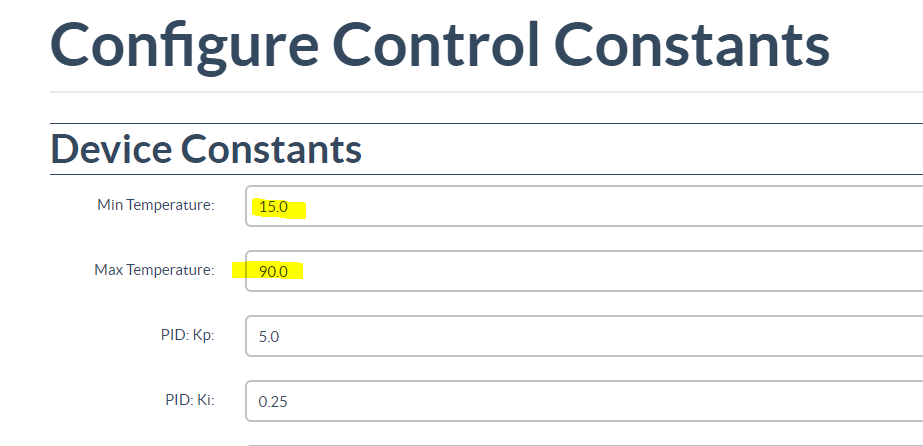
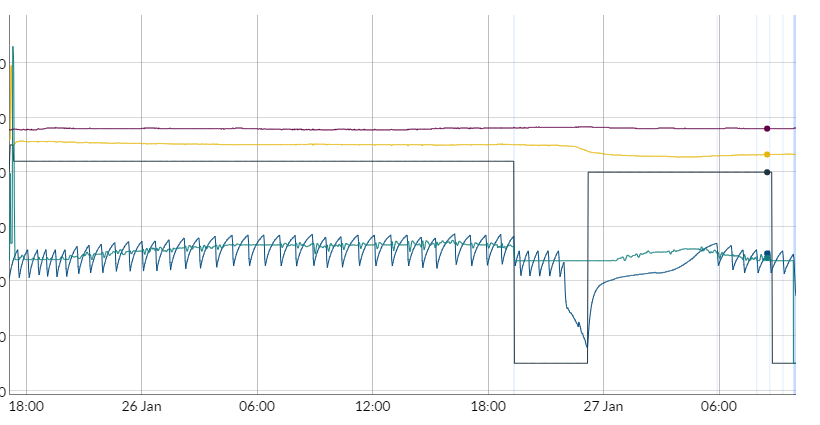











![Craft A Brew - Safale S-04 Dry Yeast - Fermentis - English Ale Dry Yeast - For English and American Ales and Hard Apple Ciders - Ingredients for Home Brewing - Beer Making Supplies - [1 Pack]](https://m.media-amazon.com/images/I/41fVGNh6JfL._SL500_.jpg)












































